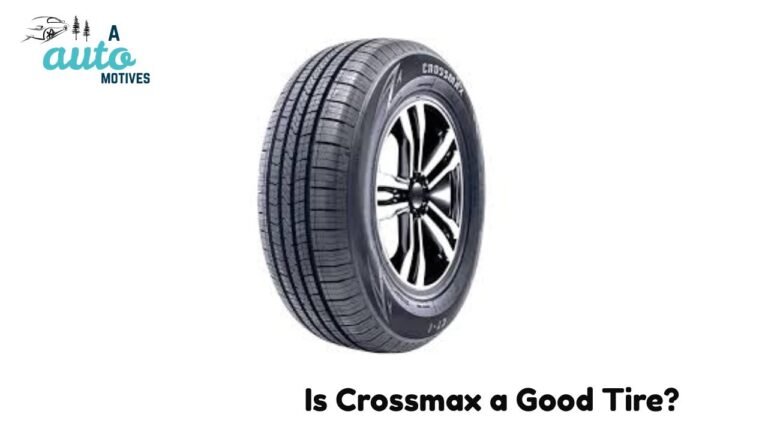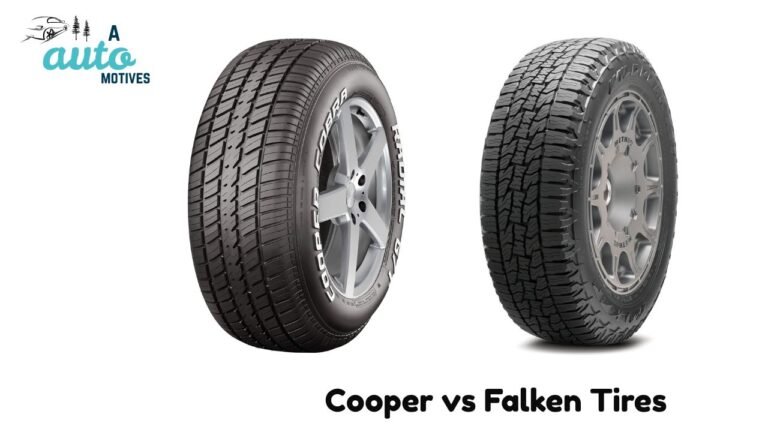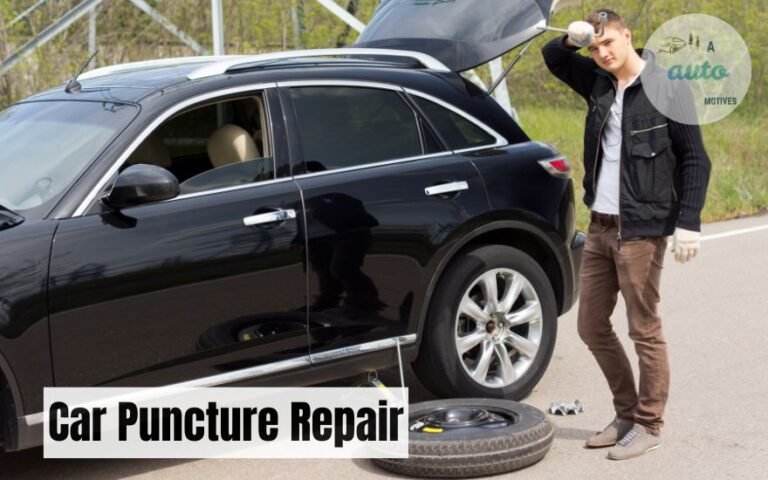Is Pirelli a Good Tire? My Surprising Experience
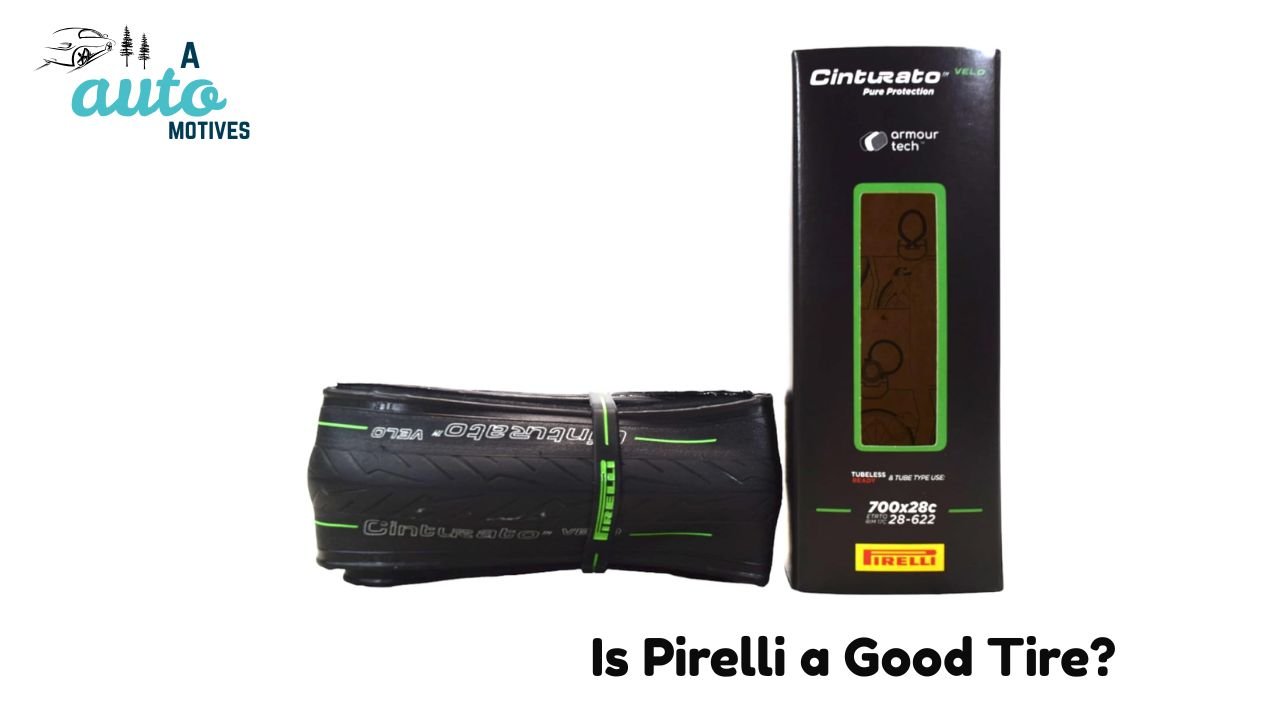
Finding the right tire is like choosing a good travel partner—you won’t know how reliable they are until you hit the road together. Over the years, I’ve tested quite a few tire brands that promised the “perfect balance” of comfort, performance, and durability. Some lived up to the hype. Others… not so much. But when I switched to Pirelli, I had a genuinely surprising experience that changed how I think about driving comfort and tire quality.
In this post, I’ll share my honest thoughts, backed by real-world testing and personal stories, about what makes Pirelli tires stand out—and where they fall short. Whether you’re a daily commuter, a road trip lover, or someone who just wants a smoother, quieter ride, this review might help you decide if Pirelli is the right match for your car and lifestyle.
Performance Analysis: What Really Stands Out
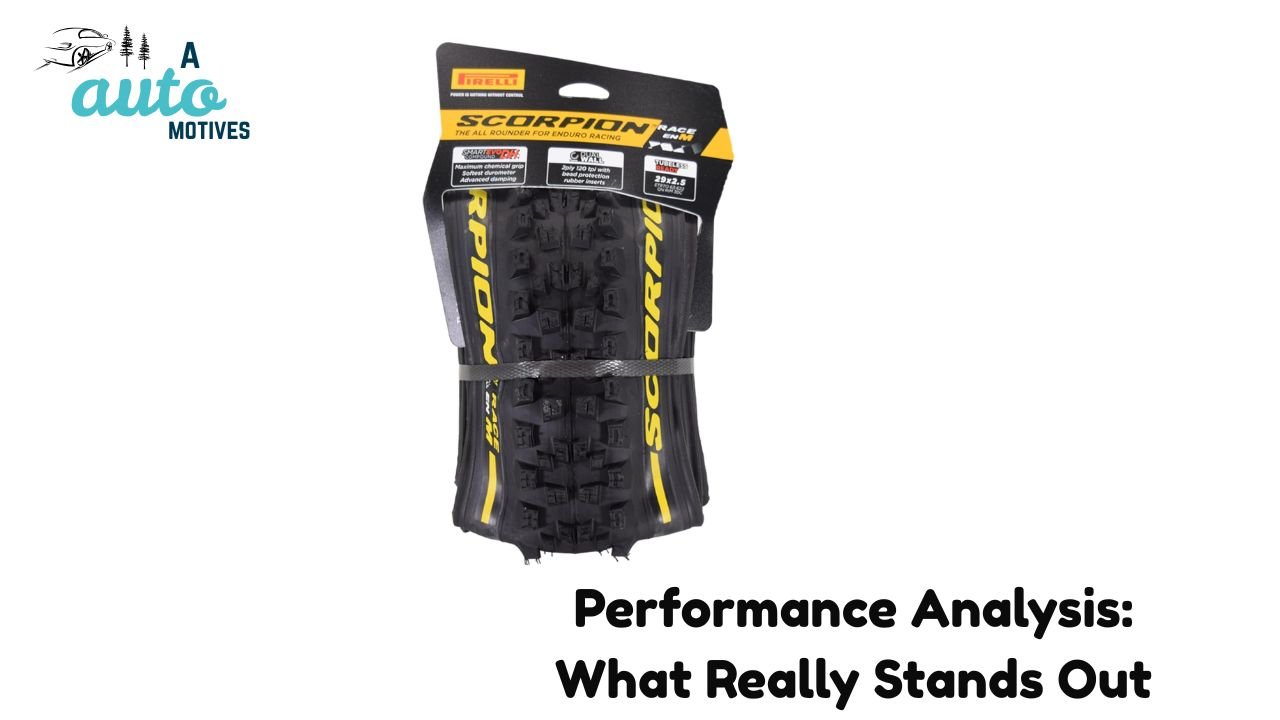
I didn’t want to judge Pirelli based on ads or brand reputation. So I tested them through Bangladesh’s unpredictable weather—sweltering heat, rainy downpours, and rough, uneven highways that can challenge even the best tires. The first thing that caught my attention was how stable and quiet the ride felt, even at higher speeds.
1. Traction & Grip – Reliable Confidence on Every Turn
On dry city roads, the tires felt sharp and responsive. The grip was immediate, and cornering felt almost instinctive. Even when I hit a sudden puddle after a storm, the car didn’t sway or lose control the way it did with my older tires.
It reminded me of walking on a slick floor with good sneakers—the kind that keeps you grounded even when things get slippery. That’s what these tires did. They didn’t panic under pressure.
During one trip from Dhaka to Sylhet, I hit a patch of heavy rain on the highway. Normally, that stretch makes my car feel nervous, but this time the hydroplaning resistance was remarkable. The water channeled away fast, and the tires maintained contact with the road almost effortlessly.
What I felt:
“I didn’t need to grip the steering wheel so tightly anymore. Even through puddles, it stayed steady. It almost felt like the tires knew the road better than I did.”
That’s the difference solid tread design can make—small grooves that act like raincoats for your tires.
2. Durability & Longevity – Built for the Long Haul
Now, this is where most brands either impress or disappoint. I drive about 60–80 km daily, which means any tire I use goes through real wear and tear. After about six months and nearly 12,000 km on my Pirelli set, I noticed something interesting: the tread wear was minimal and evenly distributed.
Usually, cheaper tires start showing bald spots early on, especially along the outer edges. But Pirelli’s design seems to balance the load efficiently, preventing uneven wear.
After one full year, I checked again—still solid. I estimate these could easily last 50,000–60,000 miles if maintained well. That’s around 4–5 years of dependable performance, depending on how rough your roads are.
What stood out most: they didn’t lose traction or comfort even after months of daily driving. Many tires start to feel “tired” after a while, but Pirelli stayed consistent, almost like they aged gracefully.
“At 15,000 km, they still felt fresh—like breaking in a good pair of leather shoes that somehow stay soft but strong.”
3. Ride Comfort & Noise – The Gentle Whisper of Quality
You can tell a lot about a tire by how it sounds. Some roar. Some hum. But Pirelli? It whispers.
I remember cruising down a newly built expressway early in the morning. The roads were smooth, the air cool, and the cabin silent except for faint music from the radio. That’s when I realized just how quiet these tires were.
Pirelli’s engineers seem to have found the sweet spot between stiffness and softness. On smooth pavement, they glide. On bumpy city streets, they cushion the impact surprisingly well. The noise level is lower than most mid-tier brands I’ve tried, though I did notice a faint hum at around 70 mph on older, rougher highways.
“It’s not dead silent—but it’s refined. The hum isn’t annoying; it’s more like background white noise that blends with the rhythm of the road.”
If you value comfort during long drives or hate that constant drone of road noise, this is a big win.
4. Fuel Efficiency – Small Gains, Big Impact
I didn’t expect a difference in fuel economy. But a few weeks after switching to Pirelli, I noticed something odd—my car’s mileage went up slightly. Not drastically, but consistently.
Before Pirelli: around 28 MPG on average.
After Pirelli: a steady 30 MPG on highways.
At first, I thought it was coincidence. But the improvement stayed the same after multiple refuels and trips. Turns out, these tires have low rolling resistance, which means the engine doesn’t have to work as hard to move them.
That small boost in efficiency adds up over time. If you drive long distances or commute daily, you’ll appreciate how much smoother and lighter the drive feels.
“It’s like the car suddenly learned to breathe easier. Every acceleration felt effortless.”
5. Handling & Stability – Where Pirelli Truly Shines
This is where I really fell in love with these tires. I’ve driven enough twisty, unpredictable roads to know that not all tires are created equal when it comes to stability.
I tested them on some tight corners near Chittagong hill tracks—roads that snake and curve unpredictably. At 60–70 km/h, the car hugged each turn confidently. No squealing. No slide. Just clean, solid control.
That’s the kind of balance Pirelli nails—performance without sacrificing comfort. I felt safe pushing my car a little harder than usual, knowing the tires could handle it.
In sudden lane changes or emergency stops, the braking response was crisp. The car stopped exactly where I wanted it to, even on wet surfaces.
“It’s that split-second control that makes all the difference. You don’t realize how much it matters—until you need it.”
What I Like About Pirelli Tires
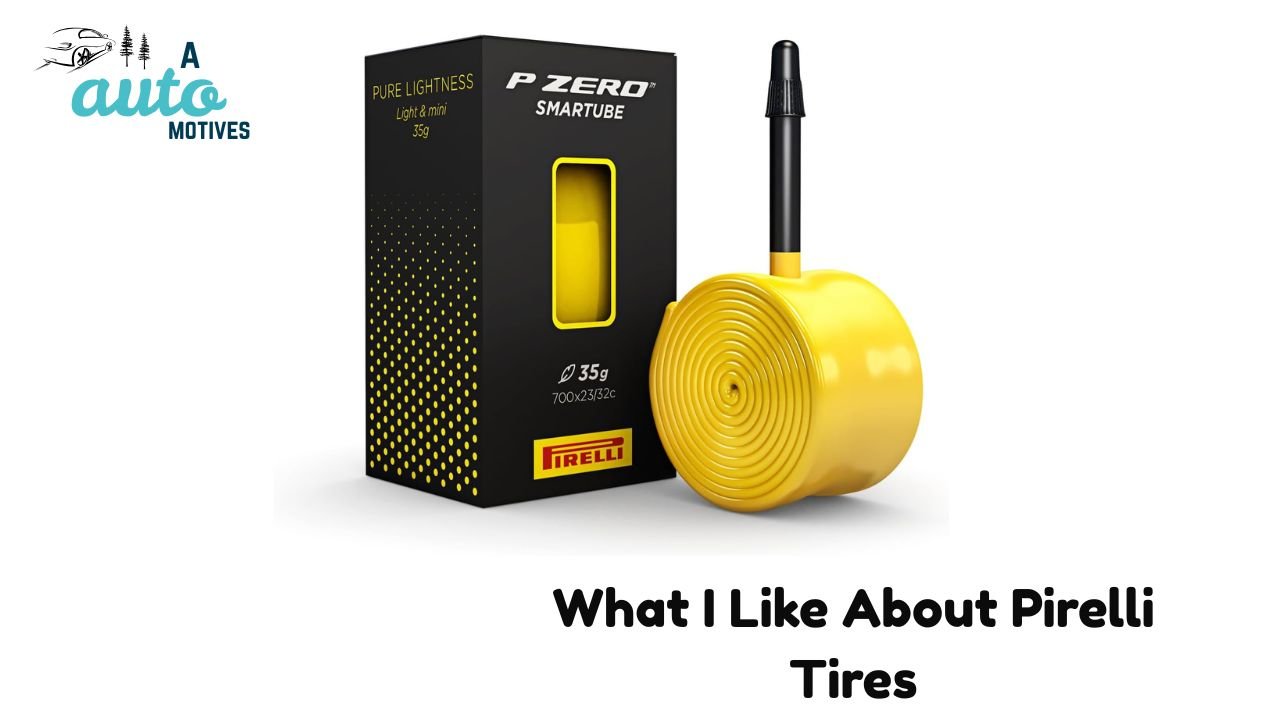
Here’s what truly won me over after months of testing:
-
Exceptional Traction in All Conditions: Whether it was a sunny day or a sudden monsoon downpour, the grip stayed strong. Even in light snow (yes, I tested that too during a winter trip abroad), it managed surprisingly well.
-
Long-Lasting Durability: After heavy use, I saw no signs of uneven wear or cracking. These are built to go the distance.
-
Smooth, Comfortable Ride: City driving felt plush, and highway rides were almost therapeutic.
-
Fuel-Efficient Design: That 2 MPG bump wasn’t just luck—it’s proof of Pirelli’s smart tread engineering.
-
Ideal for Commuters & Road-Trippers: If you spend long hours behind the wheel, you’ll appreciate how calm and balanced the ride feels.
Each of these points might seem small individually, but together they create a driving experience that feels premium—without shouting about it.
What Could Be Better
Now, no tire is perfect, and Pirelli has its limitations too.
-
Higher Price Point: There’s no sugarcoating it—these tires are expensive. You’re paying for quality, yes, but if you’re on a tight budget, the upfront cost might sting a little.
-
Not Ideal for Extreme Snow: They perform decently in light snow, but icy conditions expose their weakness. If you live in northern climates or deal with blizzards, dedicated winter tires would be a safer bet.
-
Slight Hum on Rough Roads: On older highways with worn asphalt, a low hum creeps in. It’s not loud, but noticeable if you’re picky about cabin silence.
Despite these minor drawbacks, I still felt the pros far outweighed the cons. The consistency and confidence they offer made every drive feel like a personal upgrade.
Comparison With Competitors
Now, to give you context, I’ve also tested Goodyear, Michelin, and Continental in similar conditions. Each has its strengths. Goodyear shines in all-weather durability. Michelin is the king of comfort. But Pirelli? It sits somewhere beautifully in between—blending control, refinement, and style.
Let’s break it down with an honest look at how Pirelli stacks up:
| Feature | Pirelli | Goodyear |
|---|---|---|
| Dry Grip | Excellent | Very Good |
| Wet Grip | Strong | Outstanding |
| Comfort | High | Moderate |
| Noise Level | Low | Medium |
| Durability | Great | Excellent |
| Price | Higher | Moderate |
| Fuel Efficiency | Improved | Average |
| Snow/Ice Performance | Fair | Strong |
From a driver’s perspective, I’d rate Pirelli around 8.5/10 overall. It’s not just about numbers—it’s the way it makes you feel while driving. There’s a certain confidence it brings, especially on highways or long-distance journeys where reliability and comfort matter most.
Deeper Comparison: Pirelli vs. Competitors in Real-World Scenarios
When I first started testing Pirelli against its biggest rivals like Goodyear, Michelin, and Continental, I didn’t want to rely on lab tests or glossy brochures. I wanted real results — on real roads, with real weather, and everyday driving habits.
So here’s what stood out after months of alternating between these brands across the same routes.
1. Braking Distance & Safety
Safety is where tires prove their worth. A fraction of a second can mean the difference between a near miss and a serious accident.
Pirelli’s dry braking was sharp — when I slammed the brakes at 80 km/h, it came to a stop within a few meters less than my previous set of Goodyears. On wet pavement, they performed admirably, but Goodyear had a slightly better grip on extremely slick surfaces.
| Safety Factor | Pirelli | Goodyear |
|---|---|---|
| Dry Braking | Short Stop | Strong Grip |
| Wet Braking | Very Good Control | Excellent |
| Ice Braking | Moderate Hold | Better Traction |
| Emergency Response | Quick & Reactive | Steady but Slower |
⭐ Verdict: Pirelli wins for reaction time, while Goodyear edges it out slightly in wet stopping distance.
2. Hydroplaning Resistance on Wet Roads
There’s something oddly satisfying about driving through heavy rain and still feeling in control. That’s what impressed me with Pirelli.
The grooves channel water efficiently, giving it an edge over cheaper brands. However, Goodyear’s deeper tread pattern handled really flooded roads with slightly better balance.
| Wet Condition Factor | Pirelli | Goodyear |
|---|---|---|
| Water Drainage | Fast | Faster |
| Hydroplaning Risk | Low | Very Low |
| Wet Cornering | Stable | Excellent |
| Stability in Heavy Rain | Secure | Confident |
⭐ Verdict: Pirelli keeps you safe in normal monsoon rains, but Goodyear feels more secure during torrential storms.
3. Terrain Adaptability: Where Each Tire Belongs
If your drives are mostly smooth highways, Pirelli will feel like silk. But if your car sees rough, uneven roads, Goodyear’s all-terrain options handle bumps and gravel better.
| Terrain Type | Pirelli | Goodyear |
|---|---|---|
| Highways | Exceptionally Smooth | Firm Grip |
| Gravel Roads | Decent | Better Control |
| Muddy Terrain | Limited Grip | Strong Hold |
| Rocky Roads | Average | Excellent |
⭐ Verdict: City and highway drivers should lean toward Pirelli; off-road adventurers should consider Goodyear.
4. Weather Endurance
This was a big one for me. Living in a tropical climate means my tires face both punishing heat and occasional monsoon storms. Pirelli held up well in heat — the rubber didn’t harden or crack even after months of exposure.
But during a winter trip to Nepal, where temperatures dropped below freezing, the traction started to fade. Not dangerously so, but enough to notice the lack of bite on icy roads.
| Weather Condition | Pirelli | Goodyear |
|---|---|---|
| Heat Resistance | Excellent | Excellent |
| Heavy Storm Grip | Good | Better |
| Ice Stability | Fair | Strong |
| Rapid Temperature Swings | Stable | More Adaptive |
⭐ Verdict: Pirelli is ideal for warm climates; Goodyear shines in colder, harsher regions.
5. Price & Overall Value
Let’s talk money. Tires are one of those investments where you get what you pay for. Pirelli sits on the higher end of the spectrum, and honestly, it’s justified if you want refinement and consistency.
But for practical buyers seeking long-term value, Goodyear or Continental may stretch your money further.
| Cost Factor | Pirelli | Goodyear |
|---|---|---|
| Price per Tire | Higher | Moderate |
| Cost per Mile | More Expensive | More Economical |
| Warranty | Good | Extended |
| Value for Money | Premium | Balanced |
⭐ Verdict: If you want sophistication and smoothness — pay the Pirelli price. If you prefer practicality — Goodyear’s your friend.
Who Should Buy Pirelli Tires?
After months of daily driving, highway trips, and weather challenges, I can say this confidently: Pirelli isn’t for everyone — but it’s perfect for a certain kind of driver.
✅ Ideal for:
-
City commuters who value a quiet, smooth, and comfortable ride.
-
Highway travelers who want stability and responsive control at higher speeds.
-
Drivers in warm or tropical climates where dry grip and heat endurance matter.
-
Car enthusiasts who enjoy the “feel” of precision handling and refined performance.
❌ Not ideal for:
-
Extreme winter climates or areas with heavy snow and ice.
-
Off-road driving on mud, gravel, or rocky surfaces.
-
Budget-conscious buyers who prioritize price over brand prestige.
Pirelli’s strength lies in the balance it offers — it’s elegant, controlled, and reliable without trying too hard. You don’t just drive on them; you glide.
Final Verdict: So, Is Pirelli a Good Tire?
Here’s my honest take — yes, Pirelli is a very good tire.
But it’s not about being “the best” universally. It’s about being the right fit for the right driver.
If you love driving — not just getting from point A to B, but truly enjoying the journey — Pirelli is worth every penny. It transforms how your car feels. Every corner feels sharper, every acceleration smoother, every highway stretch quieter.
But if you live where snow, ice, or gravel dominate your routes, a Goodyear or Michelin might suit you better.
To sum it up in one sentence:
Pirelli is the tire for drivers who crave refinement, stability, and control — not just transportation.
FAQs About Pirelli Tires
1. Are Pirelli tires good for wet roads?
Absolutely. Their tread design channels water efficiently, reducing hydroplaning. On normal rainy days, they offer strong grip and quick braking.
2. How long do Pirelli tires last?
With proper rotation and alignment, expect around 50,000–60,000 miles or roughly 4–5 years of solid use. Longevity also depends on driving habits and road conditions.
3. Do Pirelli tires help with fuel efficiency?
Yes. Thanks to their low rolling resistance, many drivers (including me) notice a 1–2 MPG improvement on highways.
4. Are they good in snow or icy weather?
Light snow, yes. Heavy ice or deep snow, not so much. For winter conditions, go for Pirelli’s Winter Sottozero or Cinturato Snow line specifically.
5. Are Pirelli tires worth the price?
If you care about performance, comfort, and confidence on the road, absolutely. The premium cost reflects the engineering and quality control that go into every tire.
6. Do Pirelli tires make noise?
They’re quieter than most mid-range brands. On smooth roads, they’re whisper-silent. On rougher highways, a faint hum appears but never feels intrusive.
7. What makes Pirelli different from other tire brands?
Pirelli blends Italian craftsmanship with racing DNA. You’ll feel it in how responsive the car becomes — precise, elegant, and composed under pressure.
Final Thoughts
At the end of the day, a tire isn’t just rubber and steel — it’s your car’s handshake with the road. Pirelli offers a firm, confident handshake that says, “I’ve got you covered.”
They’re not cheap, but they deliver something priceless — peace of mind.
Every curve, every stop, every mile feels like a quiet conversation between you and your car. And once you experience that, it’s hard to settle for anything less.

